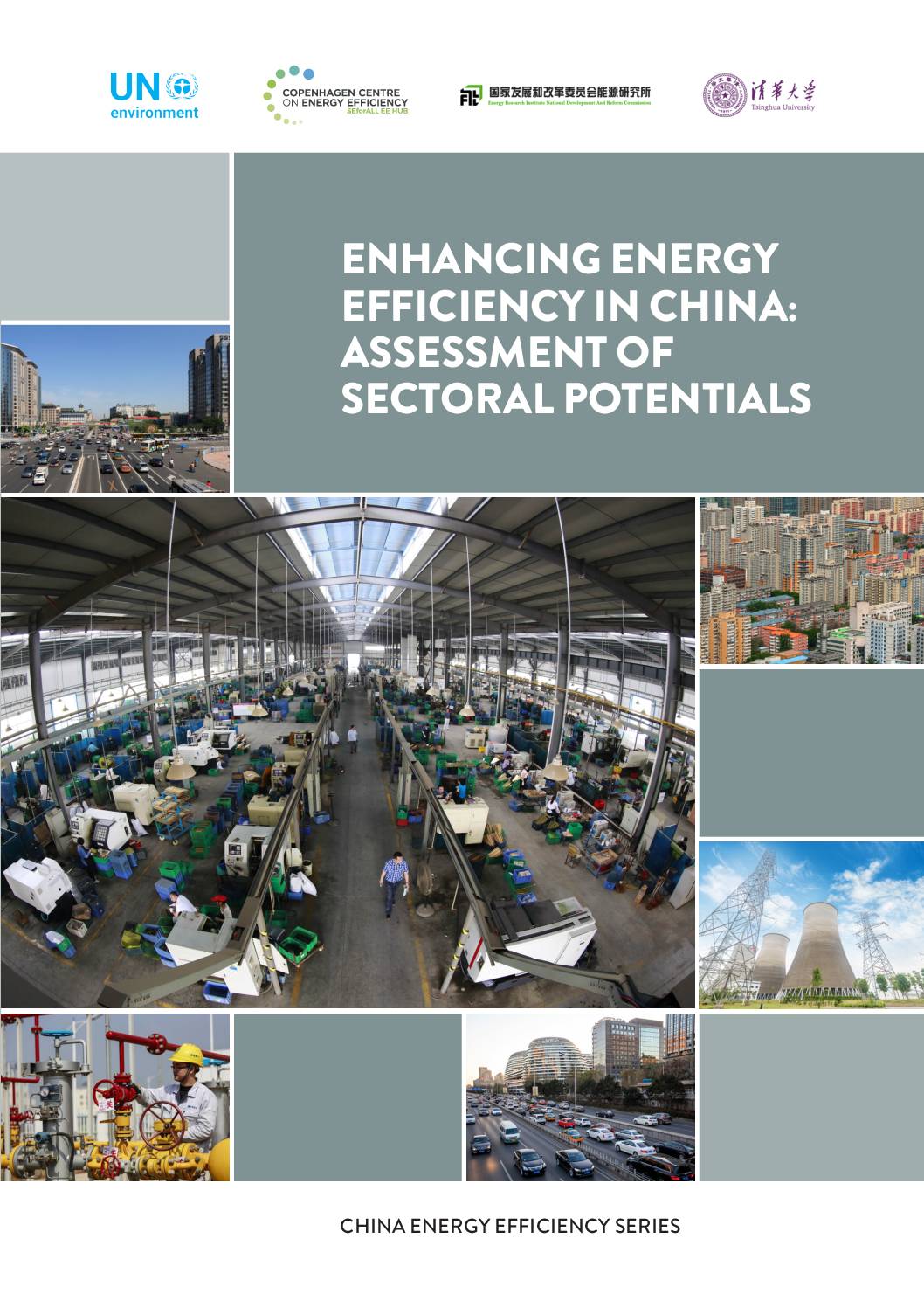This report, Enhancing Energy Efficiency in China: Assessment of Sectoral Potentials, uses energy and economic models to assess the potential for further energy-efficient improvements in the transport, building, industry and power sectors. The report starts with a modelling assessment of the role of energy efficiency in supporting China to achieve its Intended Nationally Determined Contribution (INDC) of reaching a peak in its greenhouse gas (GHG) emissions by around 2030. It concludes that the contribution of improvements in energy efficiency to China reducing its GHG emissions is between 67% and 80%, depending on whether the country reaches this peak in 2025, 2030, or 2035. The report continues to use the Long-Range Energy Alternatives Planning (LEAP) model to assess the potential for improvements in energy efficiency in the four key sectors.
For each sector, the study identifies key high-impact opportunities (HIOs) for improvements in energy efficiency, some technical, others structural. The technical HIOs are those based on specific technological improvements, such as more energy-efficient housing and more fuel-efficient cars. The structural HIOs involve changes in product mix and service mix, such as reducing the overcapacity in energy-intensive industries and increasing the use of public transit for passenger transport. Moreover, for each sector, the report also identifies barriers to the realization of the HIOs and offers a set of recommendations for how to address them.
Download sourceShare this

Sectors: Buildings, Industry, Transport
Country / Region: Asia, China
Tags: assessments, building types, corporate reporting, economic models, emissions, energy, energy efficiency, greenhouse gas emissions, industry, Intended Nationally Determined Contributions, transportIn 1 user collection: C2E2 Publications
Knowledge Object: Publication / Report
Published by: Copenhagen Centre on Energy Efficiency
Publishing year: 2017
Author: Zhiyu Tian, Xiliang Zhang, Xianli Zhu
